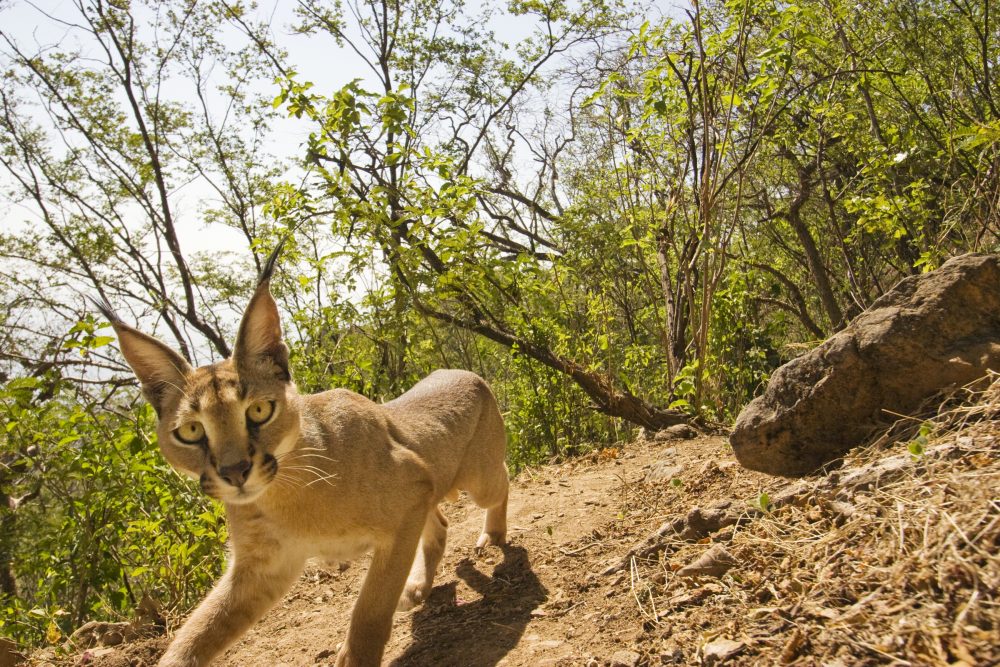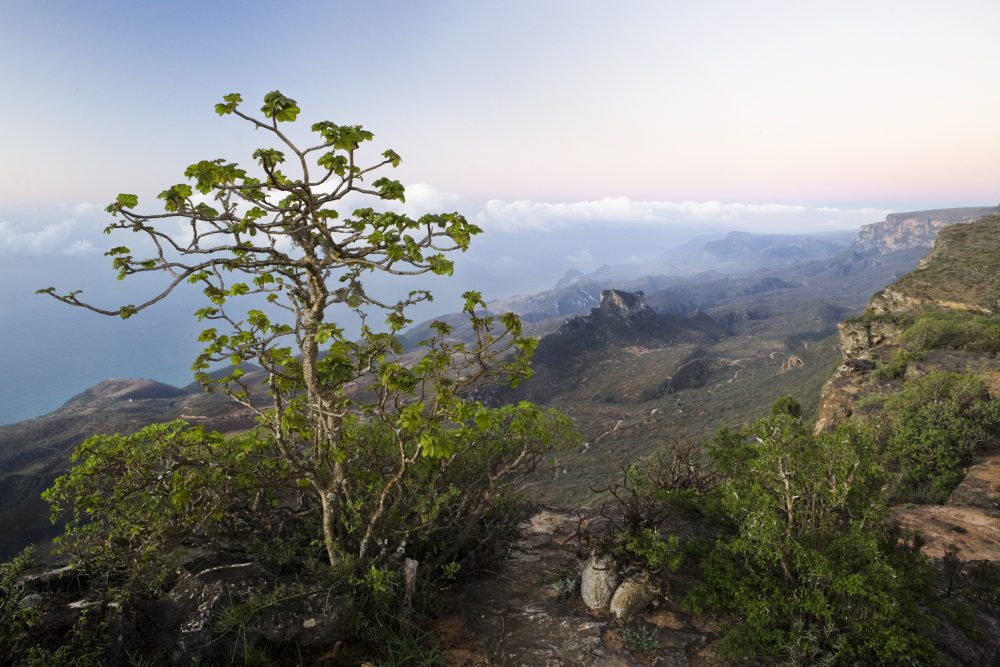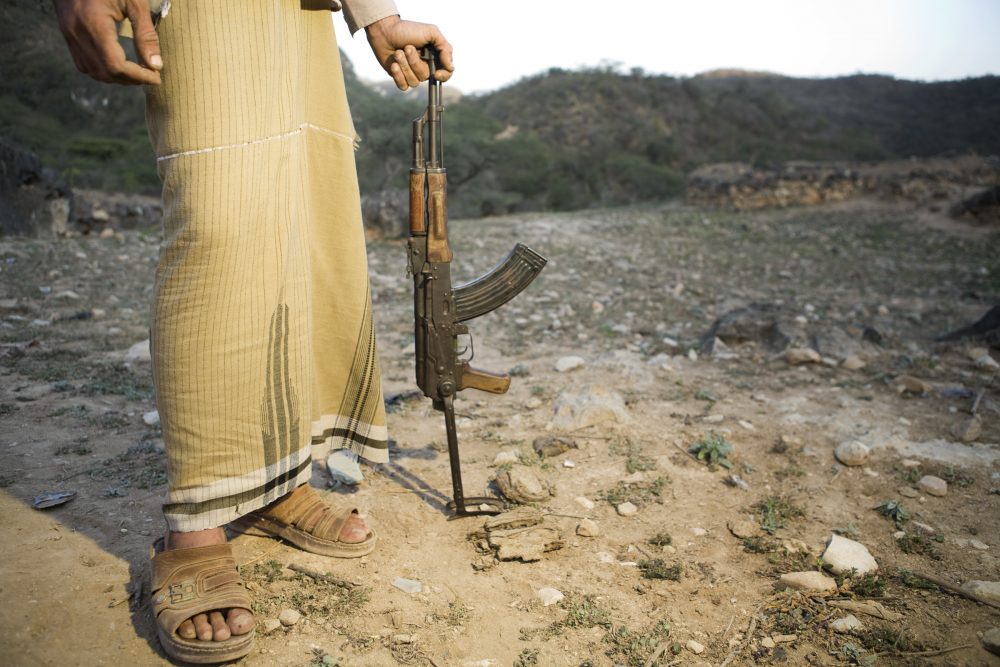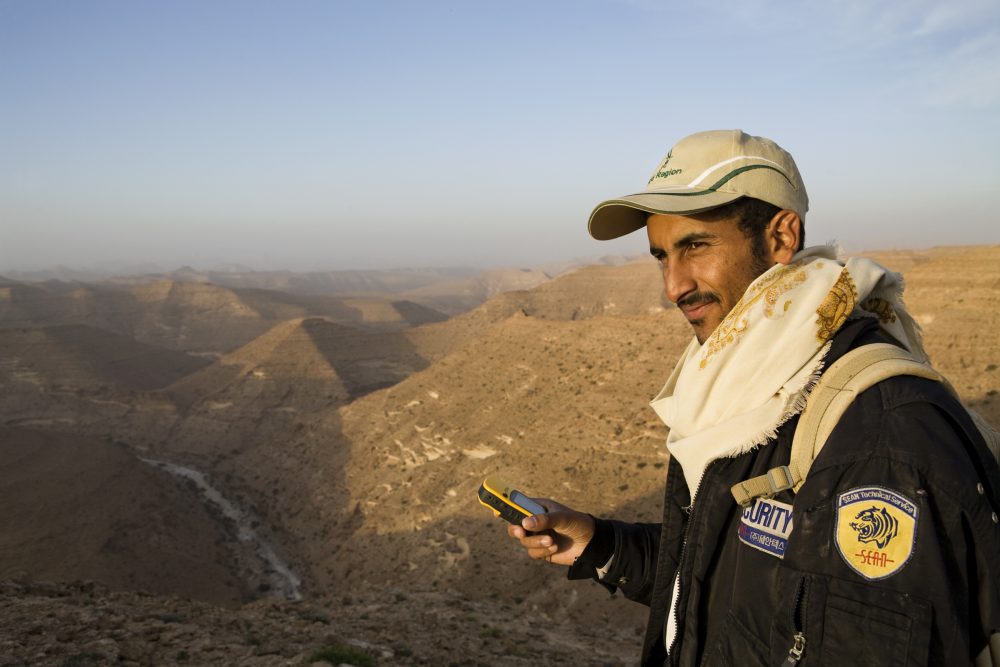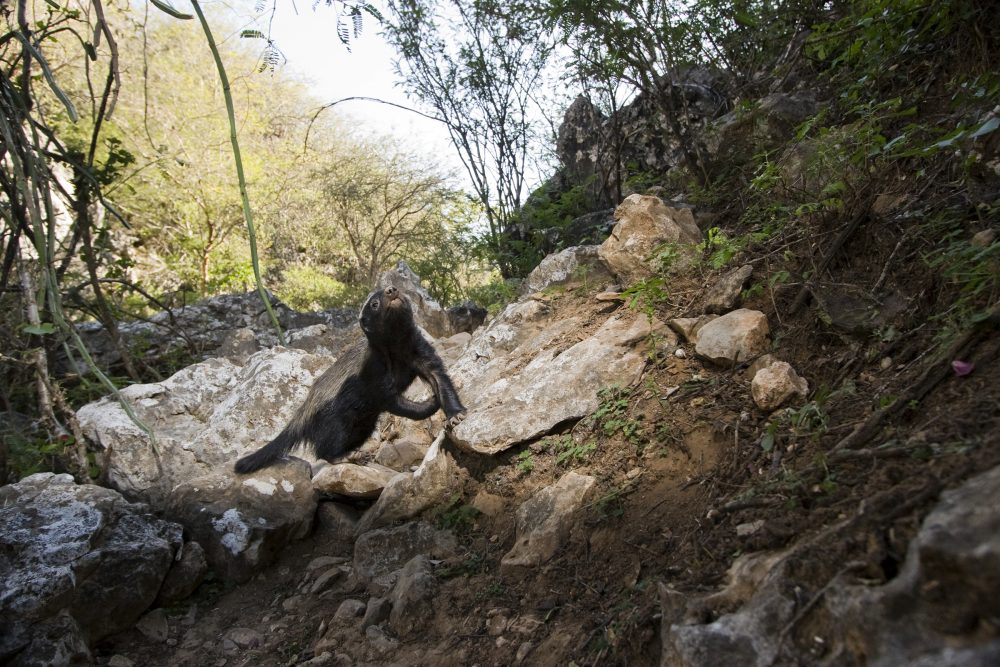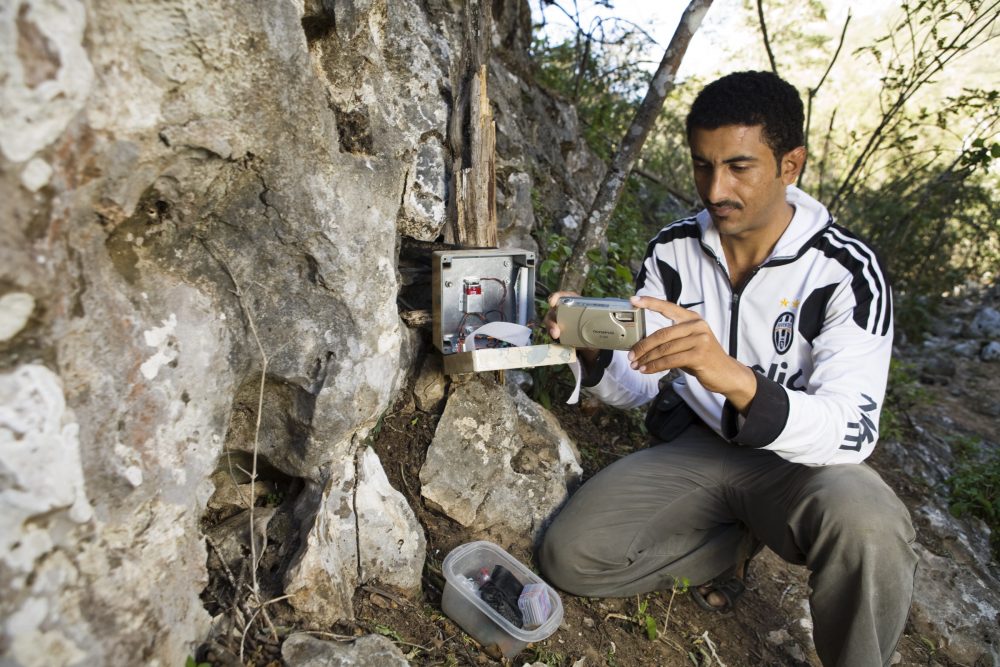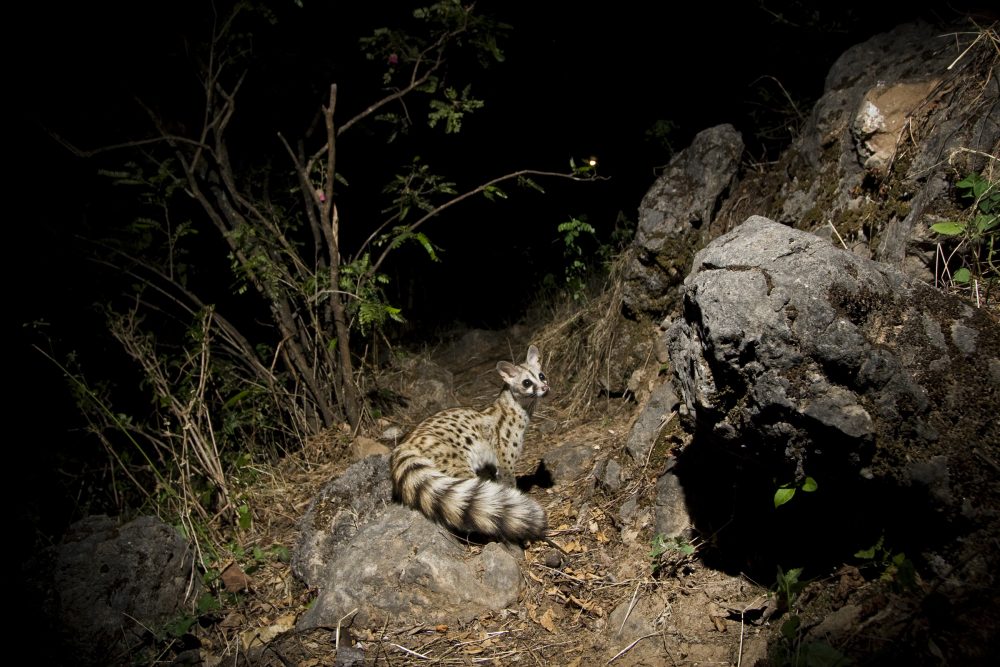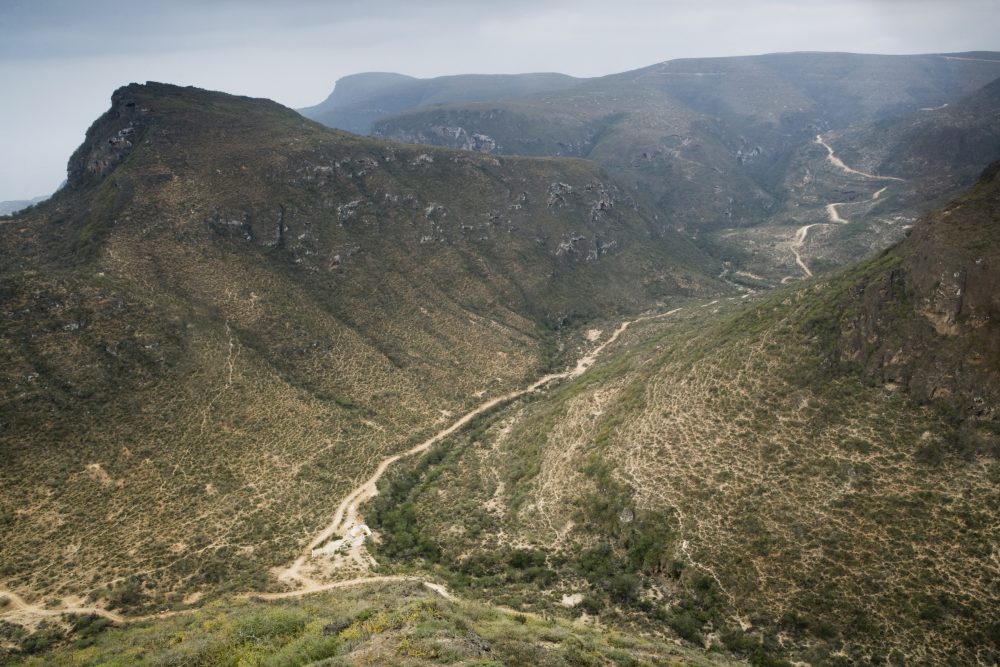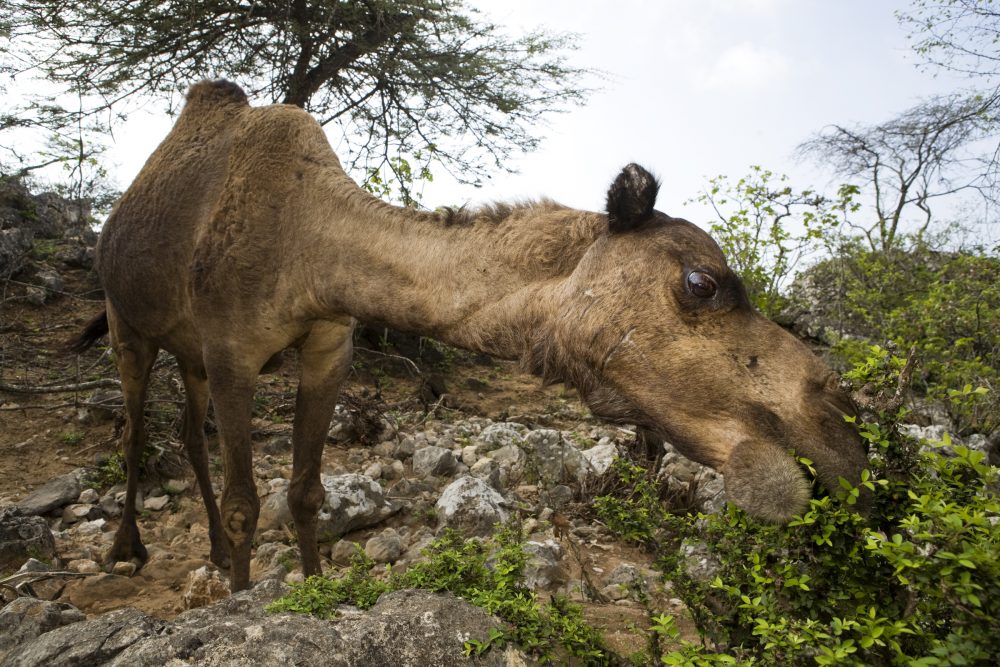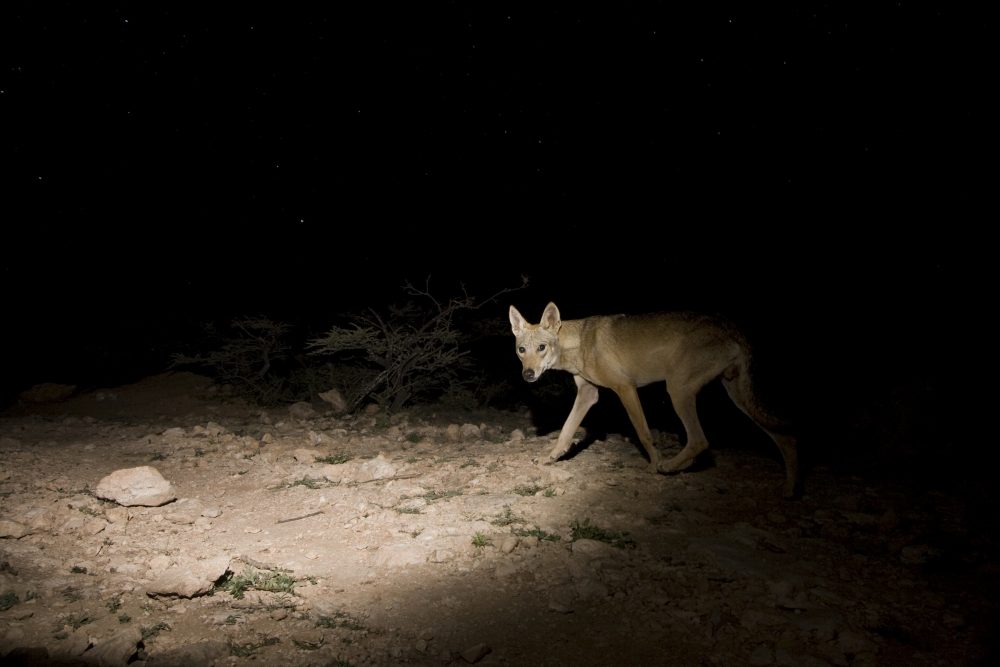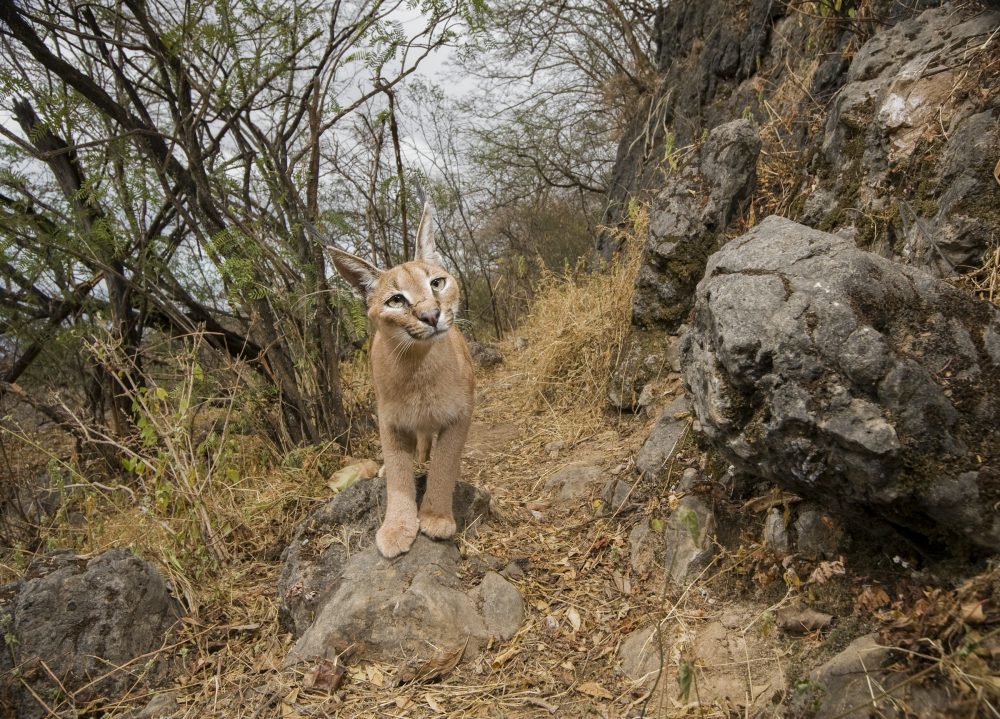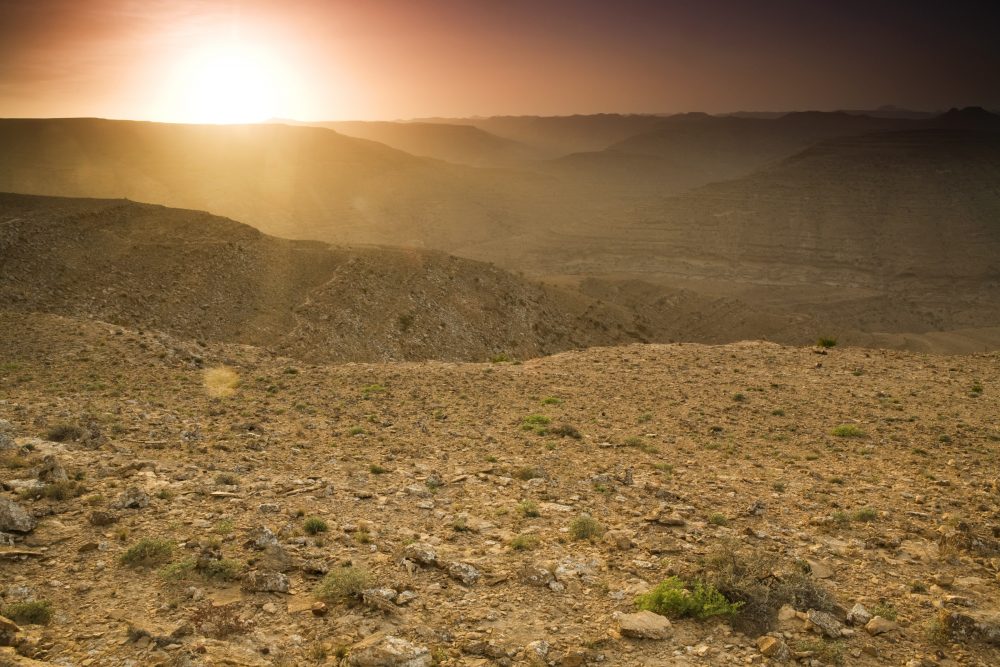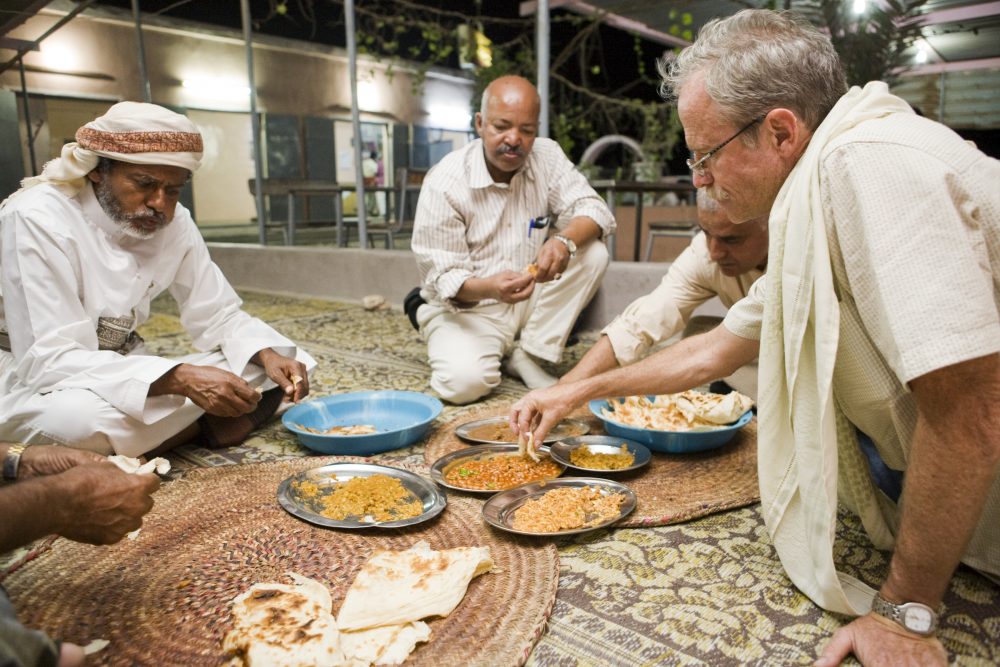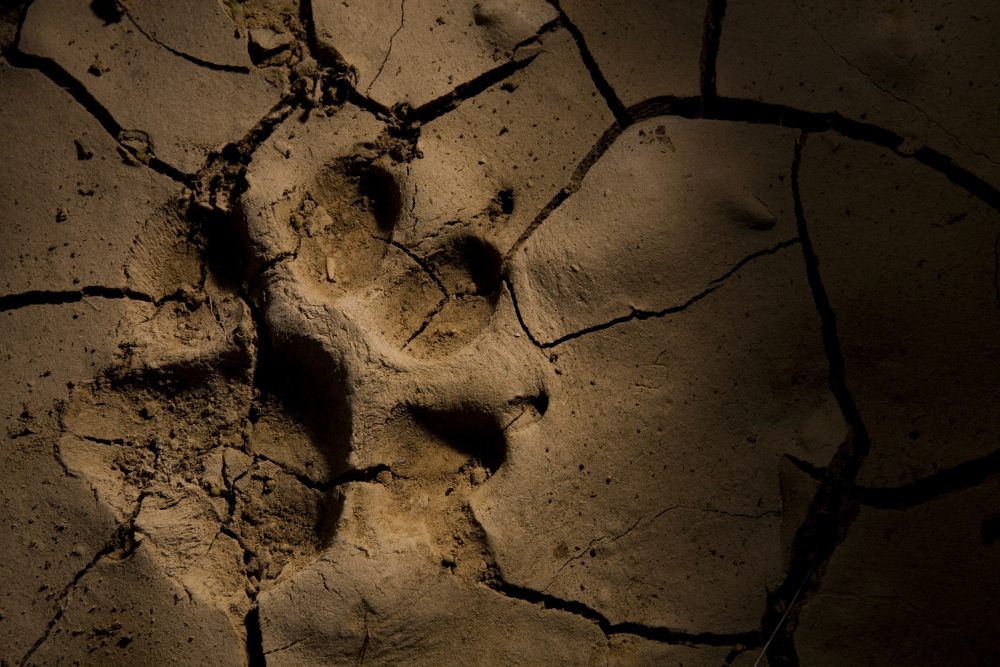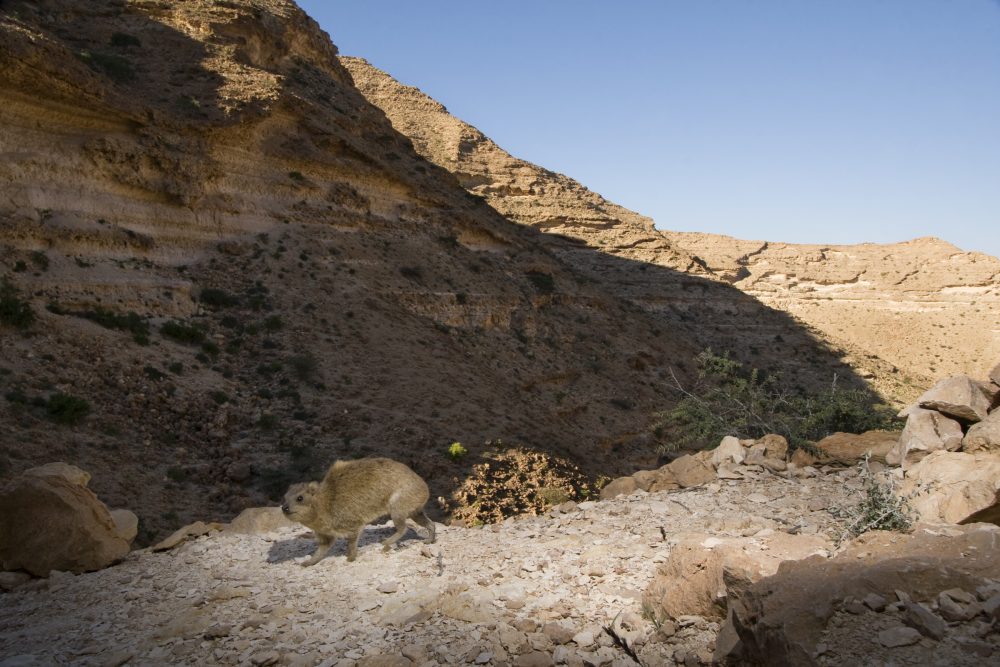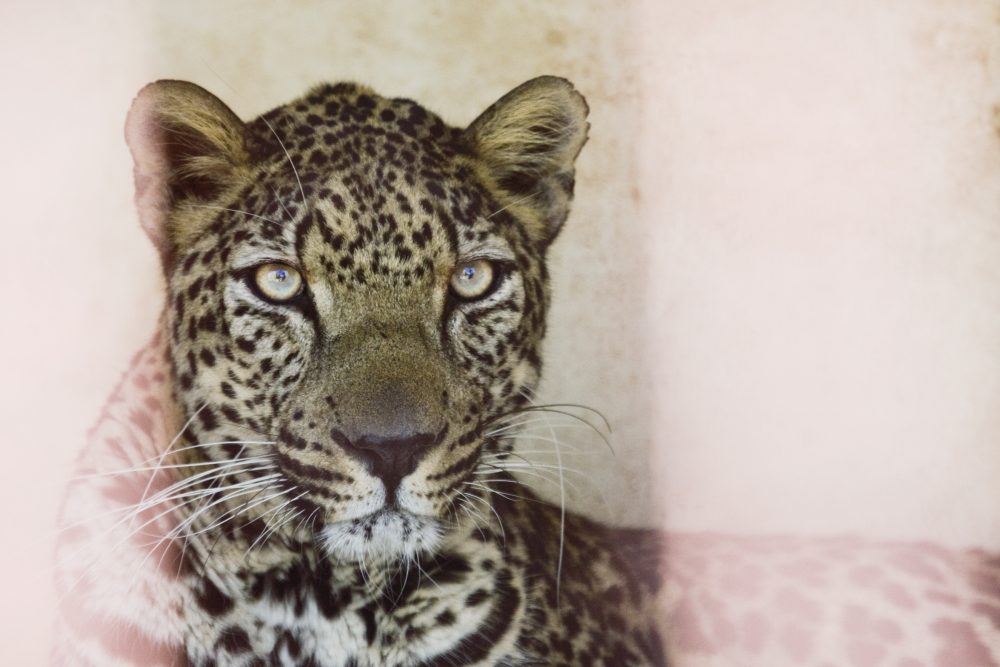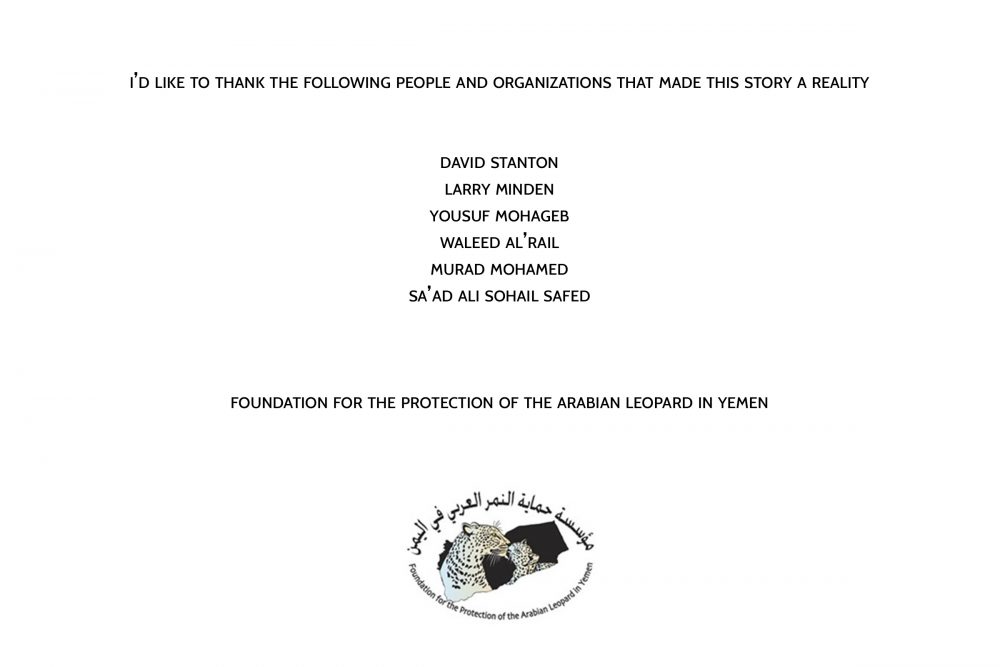Hawf Protected Area
I jump as a gunshot goes off, then another. Waleed Al’Rail, an Arabian Leopard researcher, looks at me calmingly. “Don’t worry, it’s probably aimed at a rock hyrax”, he says. As if that would make me feel better.
Waleed and I find ourselves in the Hawf Protected Area at the border of Yemen and Oman. Waleed has been studying the critically endangered Arabian Leopard in this unique ecosystem. Due to an escarpment right next to the coast and the seasonal rains, a cloud forest persists here. Beyond the initial mountain range, the air is dry and the desert takes over.
This is not the only biologically interesting area in Yemen. Some places may even still be undiscovered. Either way, they are most definitely all under-appreciated by the local and the international audience. Due to its geographical location, Yemen has many endemic plants while also supporting animals found in Africa and Asia.
We come up to a small trail camera Waleed as placed in this gulley a few weeks ago. After replacing the batteries, he checks to see what animals took their own picture after setting off the motion detector. An Arabian caracal and small-spotted genet pop up on the camera screen, proof that this area still supports mid-sized predators.
Arabian Leopard
I ask Waleed when he got the last picture of an Arabian Leopard, the areas apex predator. He sadly states that there hasn’t been a picture of a leopard since February of 2011. The leopard exemplifies the continuing story of wildlife in Yemen. In all of the Arabian Peninsula there are probably less than 150 leopards left. In Yemen, most likely less than fifty.
As with the leopard, all other wildlife continually faces severe threats. Hunting pressures are enormous — if it is in sight, it is shot. Additionally, increased roads provide better access to hunters to formerly inaccessible nature areas. Overgrazing by camels, cows, sheep, and goats leave less for native herbivores. Logging of trees destroys the dense cover needed by many species. Pollution, specifically trash that is thrown anywhere and everywhere, can cause direct harm to animals.
Hope
Can these animals be saved in a country that has a tough time staying on its own two feet? David Stanton, the founder of the Foundation for the Protection of the Arabian Leopard in Yemen, thinks it is possible. David, an American, has long lived here and understands how the country works. That becomes apparent when we meet with the local minister of environment and the governance of the region. David stays respectful, but pushes his points and ideals. He stresses the importance of saving the leopard in the region. By the time we walk out, David has secured the permissions to keep working in the area.
Stanton thinks there is a chance for the leopard in Yemen. In his opinion, it requires two measures. To increase public awareness both locally and globally; and to lobby for the creation of more protected areas in the country. He also knows that the leopard acts as an umbrella species. It is an animal the requires very large areas — one male may have a territory of 250 square miles. Save the Arabian leopard and all other animals sharing its territory will also be protected.
The biggest problem may be enforcing the conservation laws in a country where few rules seem to exist. Let alone are followed. The Hawf Protected Area is a reserve, yet there are no rangers, guards, or wildlife wardens managing it. It is a paper park. Without any infrastructure, many more gunshots will go off. Many more animals will be killed. With hope, David’s organization will bring the necessary change for the amazing wildlife that this country has to offer.

